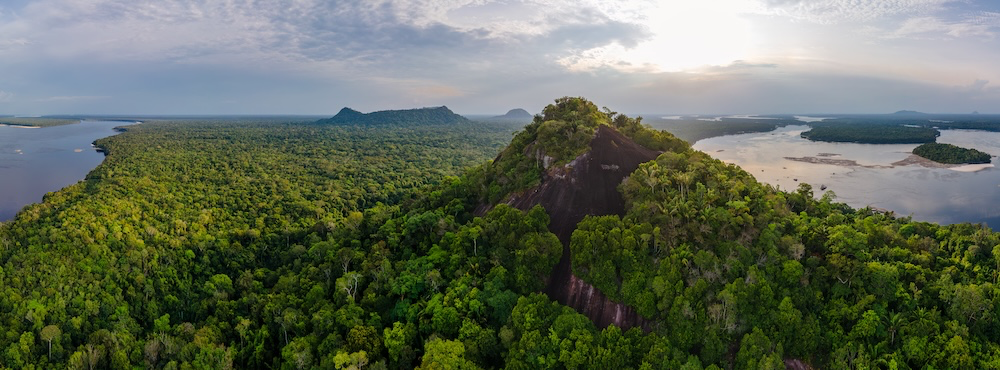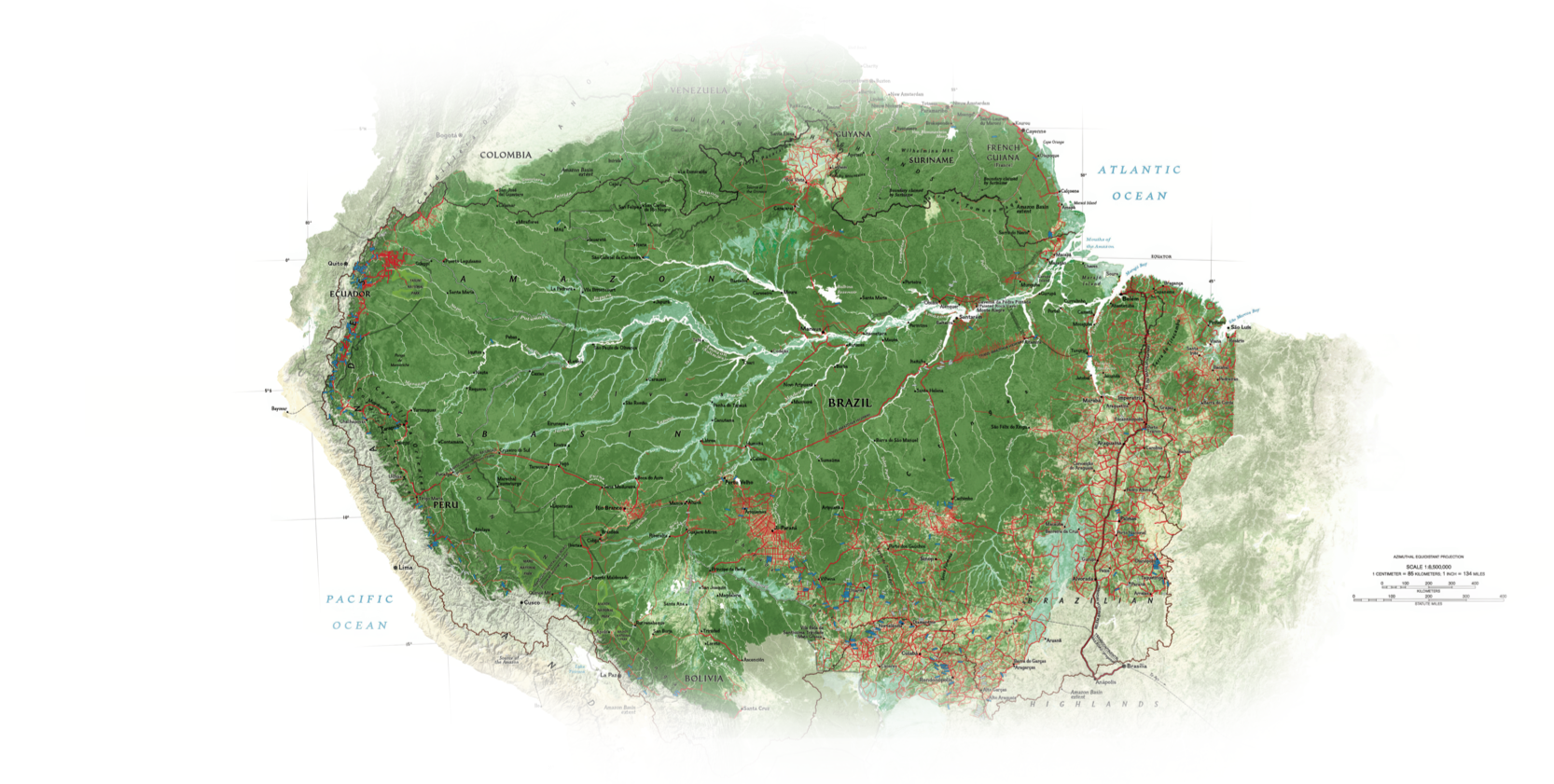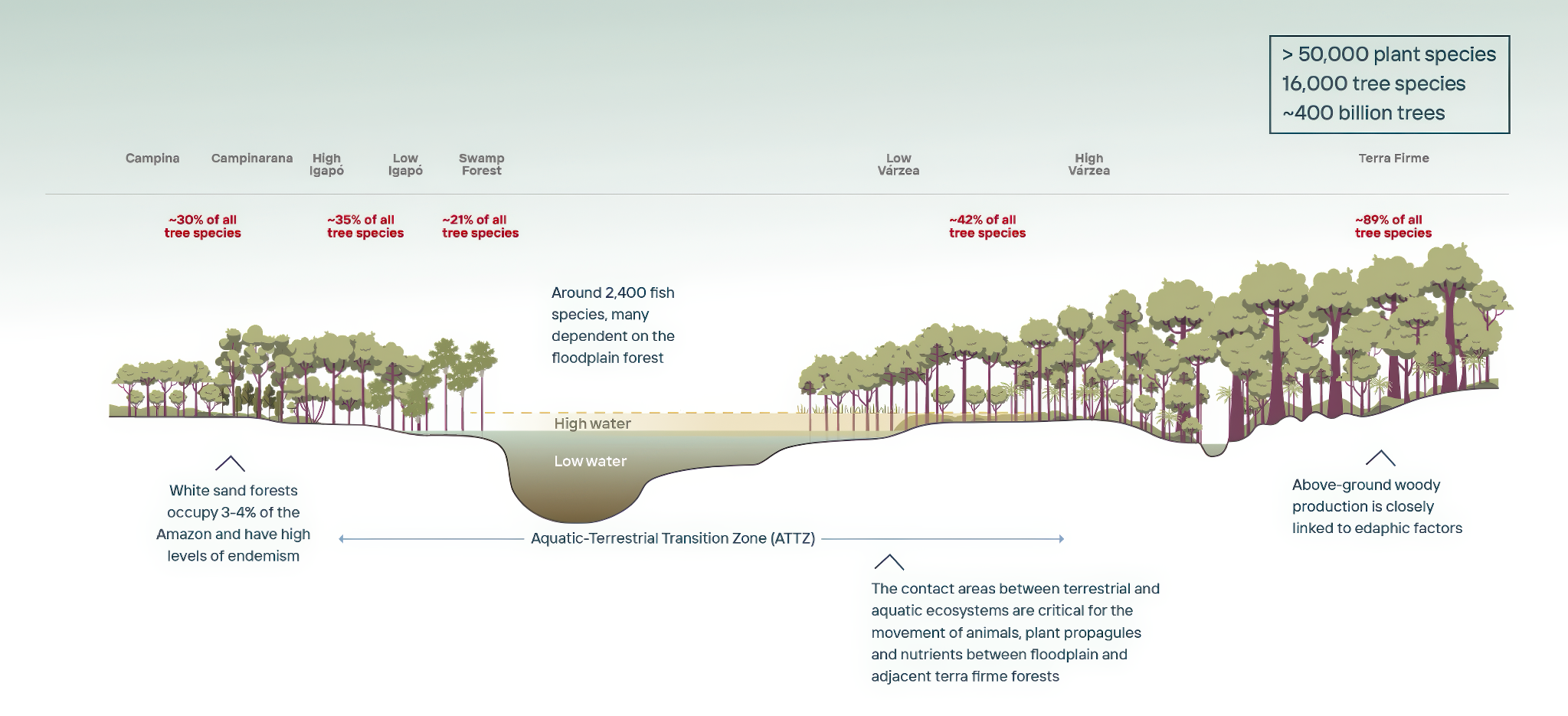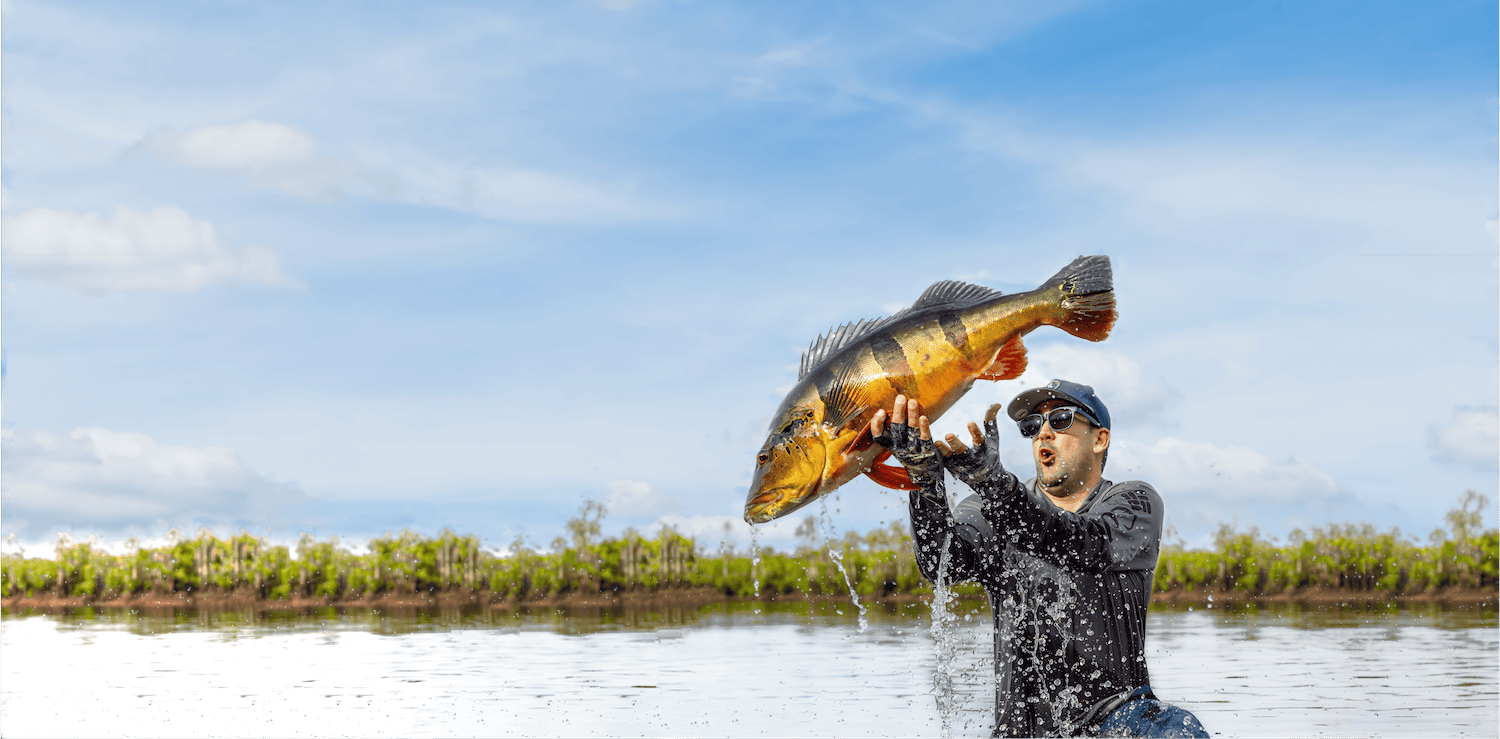
Your Destination
Experiencing the
Amazon Rainforest
Your
Travel Planner
Your Destination In Brazil
The Amazon Rainforest
Nestled in the northwestern corner of Brazil, Amazonas is the country's largest state by area and ranks as the 9th largest territorial division worldwide. It shares borders with Peru, Colombia, and Venezuela, as well as the Brazilian states of Roraima, Pará, Mato Grosso, Rondônia, and Acre.
Named after the majestic Amazon River, the region was once part of the Spanish Viceroyalty of Peru, known as Spanish Guyana, before being settled by the Portuguese in the 18th century. Following the Treaty of Madrid in 1750, it became a part of the Portuguese Empire and transitioned to a state within the Brazilian Republic in 1889.
Much of Amazonas is covered in lush tropical jungle, with its cities clustered along navigable waterways, accessible primarily by boat or plane. Manaus, the capital and largest city, is a vibrant urban hub with 1.7 million residents, located deep within the jungle on the Amazon River, approximately 1,500 km upstream from the Atlantic Ocean. Other key cities, such as Parintins, Manacapuru, Itacoatiara, Tefé, and Coari, are also situated along the river in the state's eastern half, offering a unique blend of modernity and untouched natural beauty.
The Remote Adventure In
The World 's Largest Rainforest

Climate
With consistently warm temperatures ranging from 26–28 °C (79–82 °F) year-round, the region experiences an annual rainfall of about 2,100 mm, with no dry season. Located near the equator, Amazonas is dominated by a tropical rainforest climate (Af in the Köppen classification) and the Intertropical Convergence Zone.
Vegetation

Amazonas is blanketed by the Amazon Rainforest, covering 98% of its area. Its landscapes include three distinct habitats:
- Igapós:Permanently flooded lowlands with submerged roots.
- Várzeas:Seasonally flooded areas during the wet season.
- Low Plateaus:Elevated regions that remain dry year-round.
The Amazon is the most biodiverse rainforest on Earth, hosting over a third of the planet's species, many of which are discovered daily. It's a living treasure trove of unparalleled natural beauty and ecological significance.
Demographics
Representing 1.8% of Brazil's population, Amazonas is centered around Manaus, the vibrant state capital with 1.7 million inhabitants. The city serves as a hub for the region's economic and cultural life, with nearly half the state's population residing there.
The state saw significant population growth during the rubber boom in the early 20th century and again with the development of the Manaus Industrial Pole in the 1960s. Today, Amazonas boasts a diverse population, with 74.3% identifying as multiracial, 21% as white, and smaller percentages of Black, Asian, and Amerindian individuals.
Amazonas is a realm of breathtaking natural wonders and rich cultural diversity, offering visitors an unparalleled glimpse into the heart of the world's largest rainforest.

